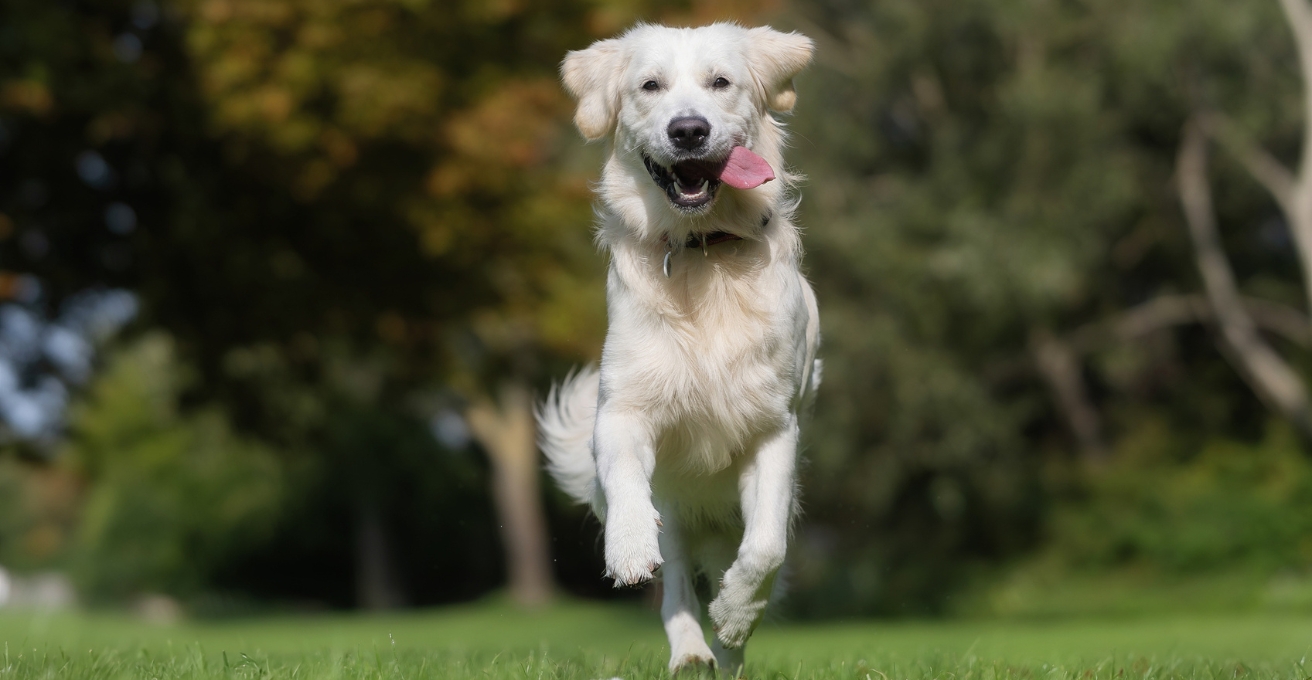Frequently Asked Questions
What safety data is available?
- 85–90% of dogs experience symptom relief after injection.
- 63% reduced or discontinued other medications, including NSAIDs.
- About 10% experienced short-term side effects, usually transient soreness at the injection site.
Which cases are most suitable for Arthramid treatment?
- Indicated for management of non-infectious joint disease, including early and late-stage osteoarthritis.
- Most suitable when lameness or OA has been localized to a specific joint.
- Contraindicated in cases with infection, fractures, or unresolved bone/joint pathology.
Can Arthramid be used before or after surgical procedures such as TPLO?
- Pre-Surgery: Arthramid is not recommended for injection into the affected limb at the time of surgery. However, injecting the contralateral (opposite) limb during surgery may provide beneficial joint support if there is evidence of synovitis or pathology in that limb.
- Timing Consideration: If surgery is scheduled at least six weeks out, injecting Arthramid into the affected joint beforehand may be considered. This allows time for integration into the synovial lining and may help reduce synovitis prior to surgery.
- Post-Surgery: Once the dog has been cleared by the surgeon for further treatment, Arthramid can be injected into the previously affected limb to address ongoing synovitis and osteoarthritis.
Can Arthramid be injected into multiple joints on the same day?2
- Yes, multiple joints can be injected with Arthramid on the same day in the same animal. Safety studies have shown that concurrent treatment of several joints is safe and well-tolerated.
Can Arthramid be injected with other injectates?3
- Yes, Arthramid (2.5% polyacrylamide hydrogel) can be injected concurrently with other intra-articular (IA) injectates, including corticosteroids under certain conditions.
- Arthramid + Steroids: Commonly used together to provide immediate relief (steroids) and long-term stabilization of the bio-mechanics of the joint (Arthramid)
What post-injection protocols are recommended?2
- Rest for 48 hours after injection. Mild local pain or swelling may occur during the post injection period.
- NSAIDs and ice may be used if needed for short-term discomfort.
- Continue with restricted exercise schedule for 4 weeks post injections. Avoid activities that would require high impact on treated joints (running, jumping, playing, or training).
- Maintain controlled leash walks during the early integration period of the first 4 weeks. Avoid rough play, running, and jumping during the first 4 weeks.
- Rehabilitation therapy may continue, but strain on the treated joint should be minimized for at least 2 weeks.
- Recheck evaluations are recommended for 4 weeks post-treatment with continued evaluation as necessary.
What are the recommended rehabilitation guidelines following an Arthramid injection?
- Initial Rest Period: For patients currently undergoing rehabilitation, it is recommended to pause all rehabilitation activities for the first 48 hours following joint injection. A gradual return to work or exercise can begin after four weeks2
- Joint Protection: To prevent additional stress on the treated joint, avoid activities that may strain the area for at least two weeks. Training programs should be adjusted based on the severity of lameness.
- Therapeutic Modalities:
- Laser Therapy and PEMF: Current data suggests avoiding the use of laser therapy and pulsed electromagnetic field (PEMF) treatments directly on or over the injected joint for two weeks post-injection.
- Shockwave Therapy: Shockwave treatment should not be applied to the treated joint for 4–6 weeks following injection. However, it may be used on surrounding tissues if needed.
How long does the effect of Arthramid last?1,4
- Clinical studies show sustained improvement in lameness, pain reduction, and joint function for up to 12–13 months after a single injection.4
- Most dogs improve progressively over the first 30–90 days, with results stabilizing and maintained through a year.1
What are the common dosing strategies?2
- Arthramid is supplied in pre-filled 1 mL syringes for intra-articular use.
- Recommended doses per joint:
- Large joints (shoulder, elbow, hip, stifle): 1.0 – 2.0 mL
- Medium joints (carpus, tarsus): 0.5 – 1.0 mL
- Small joints (inter-phalangeal): 0.25 – 0.5 mL
- The exact dose is determined by the veterinarian, depending on joint volume and severity of disease.
When can Arthramid be re-injected?2
- Most patients experience long-lasting relief from a single treatment.
- Reinjection may be considered if:
- There is only partial response after the first injection (this often is related to less volume being put in due to severity of disease), or
- Clinical signs return
- Many dogs do not require reinjection and can reduce or discontinue systemic analgesics
2.5% iPAAG® has over 53 peer reviewed publications across both humans and animals.
Still have questions about Arthramid for Canines or want to find your nearest clinic? Contact us HERE
References
1. Barnhard JA, Tringali AA, Caldwell NC, Webb KR, Levine D, Markley AP, Shoben A, Green MM, Brunke MW. Owner-reported outcomes indicate intra-articular 2.5% polyacrylamide hydrogel injection is well tolerated and reduces osteoarthritis signs in dogs. J Am Vet Med Assoc. 2025 Sep 24:1-6. doi: 10.2460/javma.25.06.0398. Epub ahead of print. PMID: 40997901.
2. Instructions for Use for Arthramid®
3. Whitaker B, Barnhard JA, Webb KR, Levine D, Green MM, Vieira MR. The concurrent use of 2.5% polyacrylamide hydrogel and betamethasone esters for intra-articular injection is well tolerated in 10 healthy horses. J Am Vet Med Assoc. 2025 Jan 31;263(4):460-467. doi: 10.2460/javma.24.10.0651. PMID: 39892403.
4. Tnibar, A. (2025) Review of intra-articular 2.5% polyacrylamide hydrogel, a new concept in the management of osteoarthritis. Equine Veterinary Education, 37, 161-168. Available from: https://doi.org/10.1111/eve.14087

